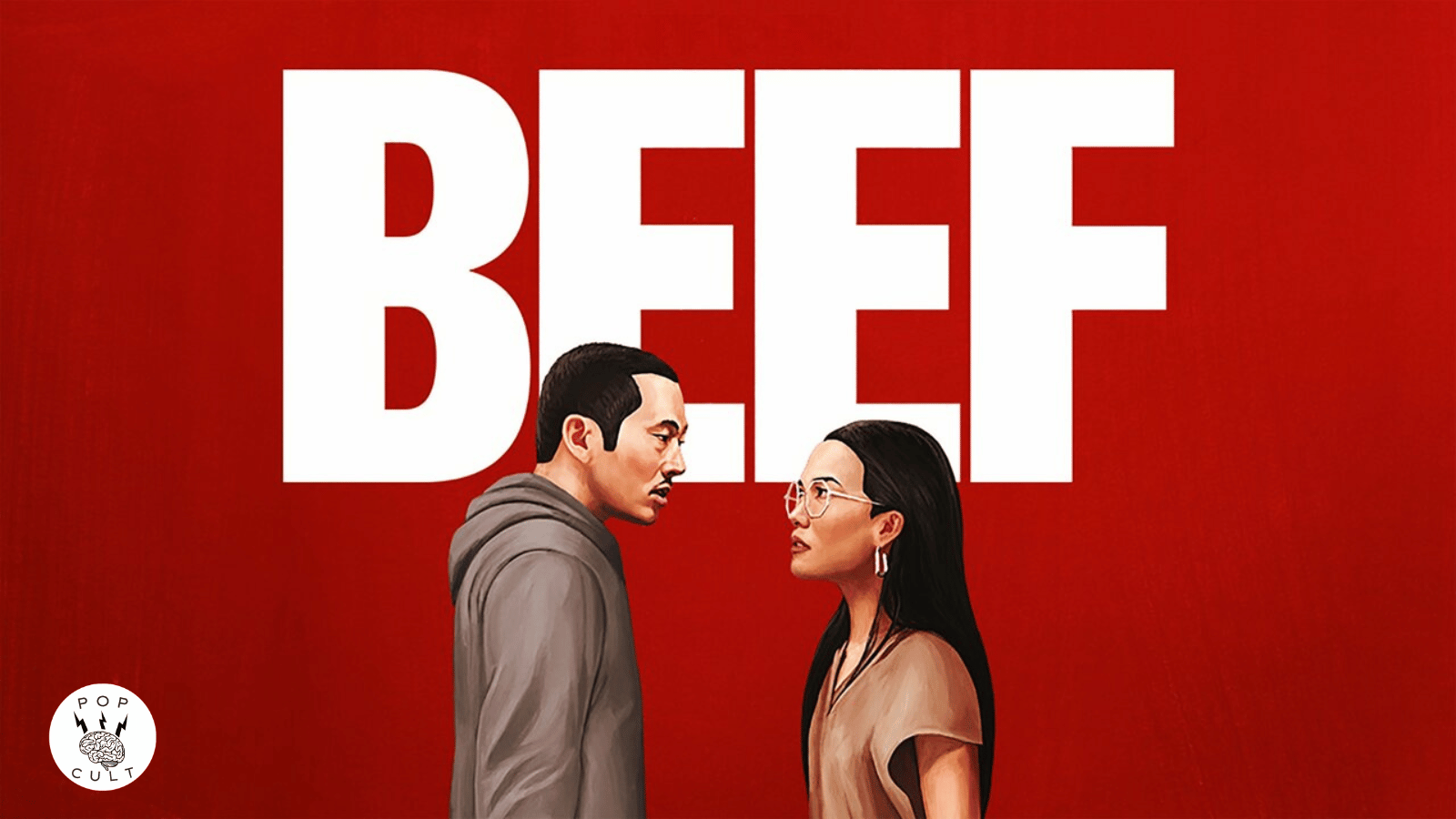In the realm of visual storytelling, the subtle crafting of tension is an art form. Netflix’s “Beef,” a show centered around a spiraling feud stemming from a road rage incident, stands as a prime example of this art. The show, spearheaded by the nuanced performances of Steven Yeun and Ali Wong, weaves a narrative so taut with suspense that it almost vibrates. But how does “Beef” achieve this level of sustained tension? Let’s delve into the mechanics of this psychological dance.
Setting the Stage
“Beef” operates within the framework of a seemingly simple premise: a road rage incident between two strangers. However, the brilliance of the show lies in its ability to transform this mundane encounter into a complex psychological battleground. The series excels in the slow burn, methodically laying the groundwork for a conflict that is both inevitable and unpredictable.
Characterization – The Heart of Conflict
At the core of “Beef’s” suspense are its richly drawn characters. Danny Cho, played by Yeun, is a down-on-his-luck contractor, while Wong’s Amy Lau is a successful business owner. Their contrasting life circumstances set the stage for a clash that is as much about their personal demons as it is about each other. The show allows us to delve deep into their psyches, revealing their fears, desires, and insecurities. This deep dive into character psychology is a key element in building suspense. As viewers, we’re not just witnessing a feud; we’re unravelling the complex layers of two human beings.
Pacing – The Rhythm of Suspense
“Pacing” might as well be “Beef’s” middle name. The show’s pacing is deliberate, almost methodical. It understands the value of silence, the weight of a lingering shot, or a scene that unfolds just a bit slower than expected. This controlled pacing creates a sense of unease, the kind that creeps up on you. The show knows when to hold back and when to unleash, keeping viewers perpetually on the edge of their seats.
Cinematography – The Visual Language of Tension
The cinematography of “Beef” plays a crucial role in amplifying the tension. The camera often lingers just long enough to unsettle, or shifts perspective at a crucial moment to disorient the viewer. This visual
language is not just about capturing the actors’ performances but also about creating an atmosphere thick with anticipation. The show often uses tight close-ups, confining the viewer’s gaze to the emotional turmoil of the characters, making their internal struggle almost palpable.
Sound Design – The Unseen Character
In “Beef,” sound design is an unsung hero. The show employs a minimalist approach to its soundtrack, often opting for silence or subtle ambient sounds. This choice amplifies the tension, as the lack of music leaves viewers with nothing but the raw emotions of the characters. When music is used, it’s purposeful, accentuating the climax of a scene or the internal turmoil of a character.
The Theme of Escalation
One of “Beef’s” most intriguing aspects is its exploration of escalation. The feud between Danny and Amy is a slow, steady build, a crescendo of animosity that feels both terrifying and inevitable. The show masterfully illustrates how small, seemingly insignificant actions can spiral into life-altering consequences. This constant escalation keeps the suspense alive, as viewers are left wondering just how far these characters will go.
Conclusion – The Artistry of ‘Beef’
“Beef” is more than just a show about a feud; it’s a masterclass in building and sustaining suspense. Through its meticulous character development, precise pacing, evocative cinematography, and thoughtful sound design, the show crafts a narrative that is as tense as it is engaging. It reminds us that at its best, television can be more than entertainment; it can be an art form that captivates and moves us, leaving us pondering long after the screen goes dark.
In the landscape of modern television, where fast-paced action often takes precedence, “Beef” stands out as a testament to the power of tension. It proves that sometimes, the most gripping stories are those that simmer slowly, drawing us into a world where every glance, every word, and every silence is laden with meaning.


